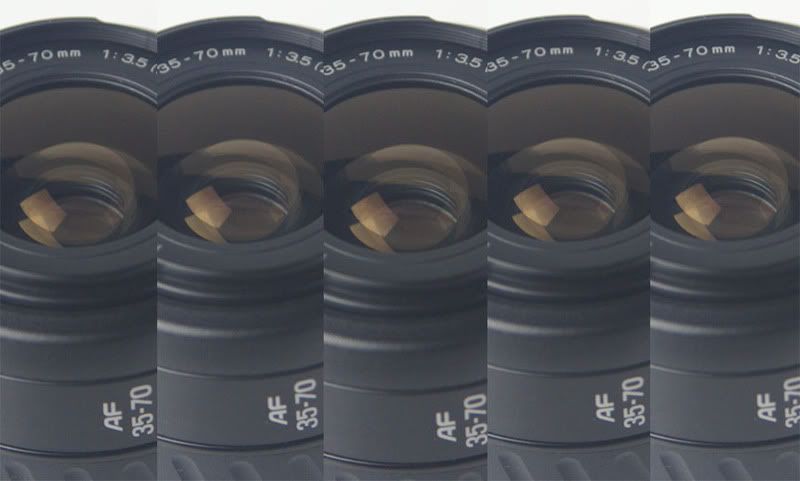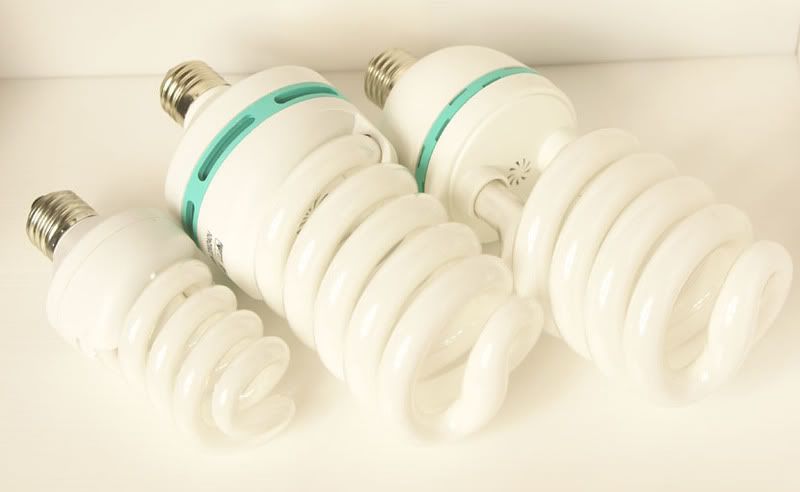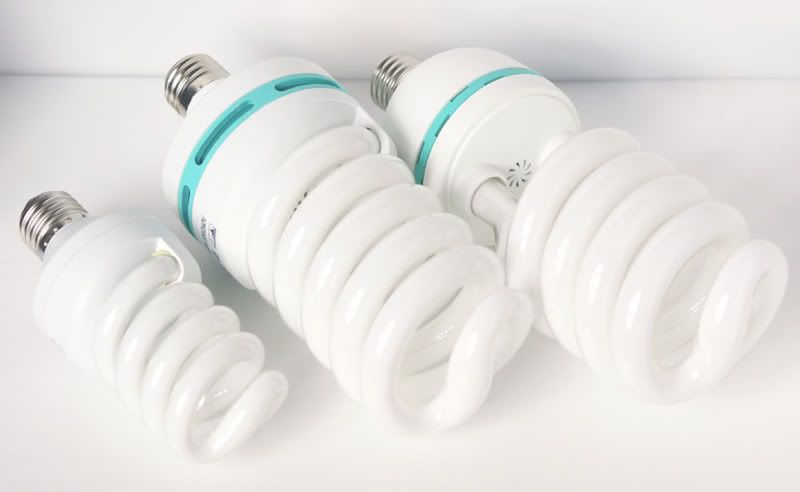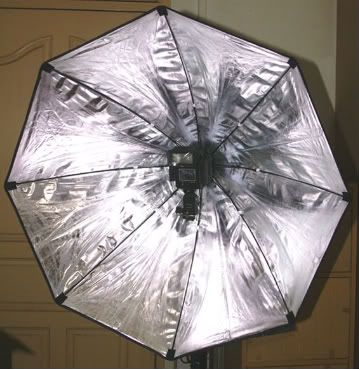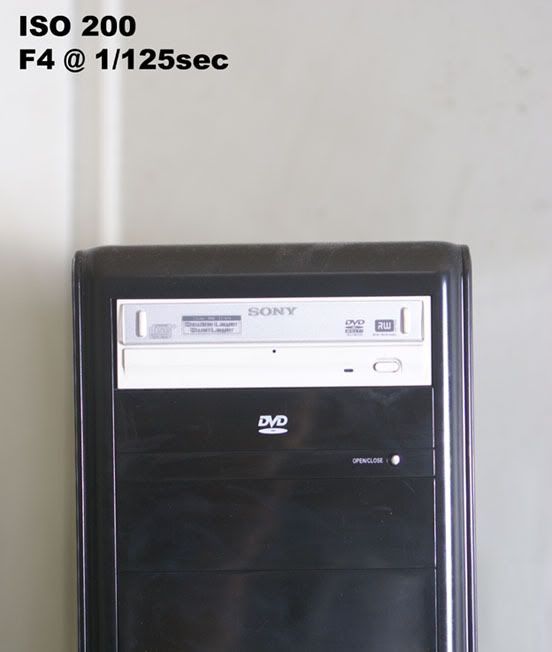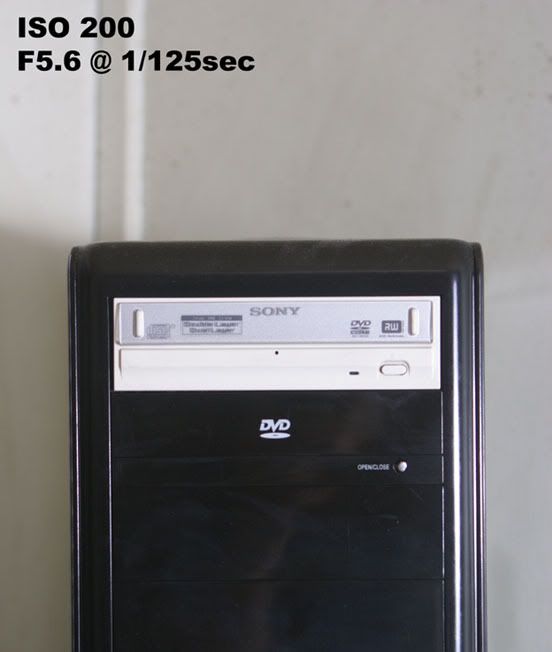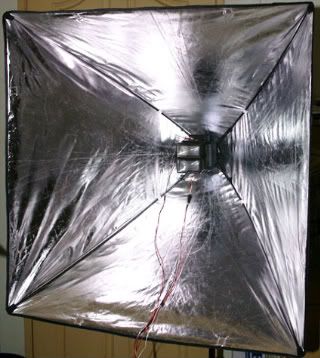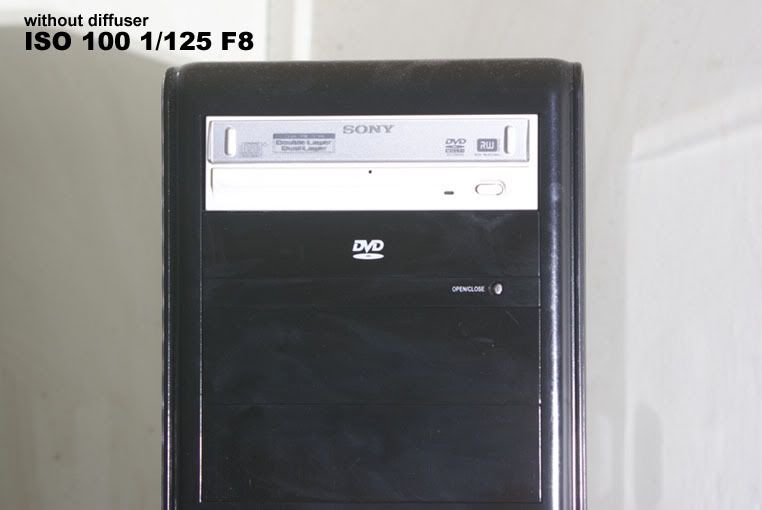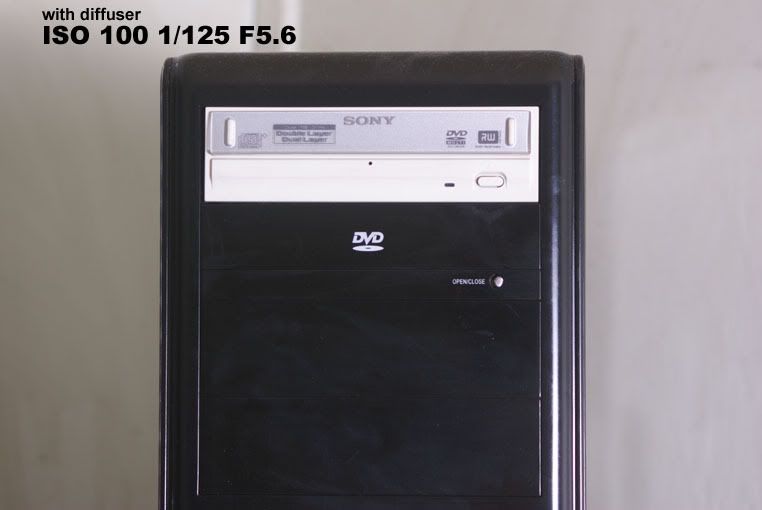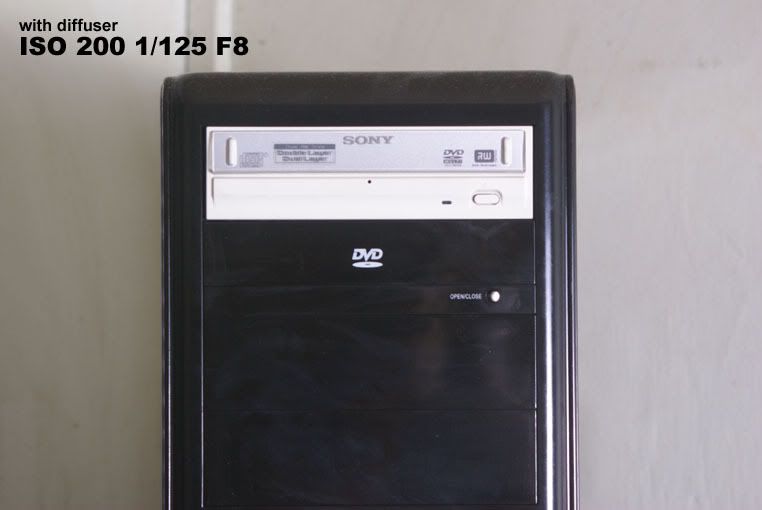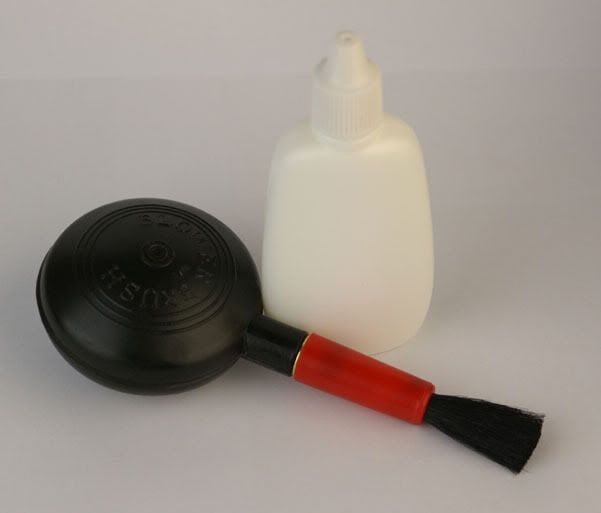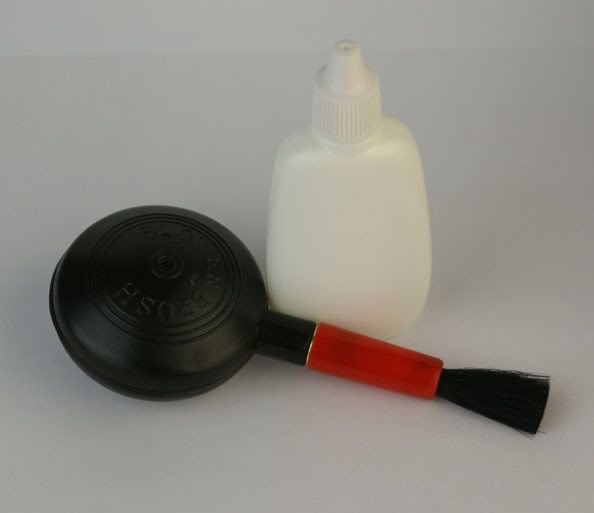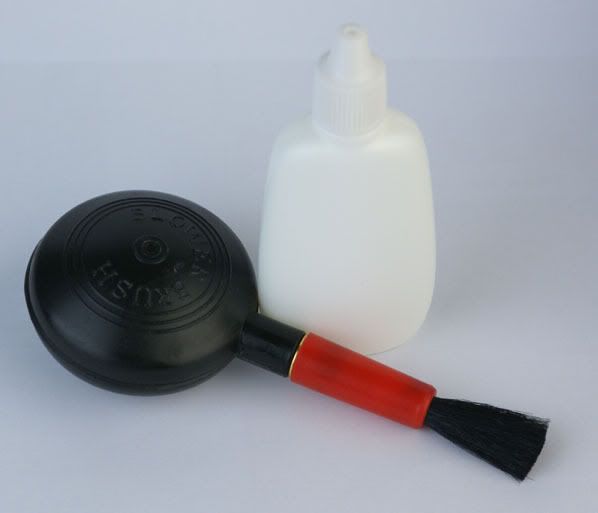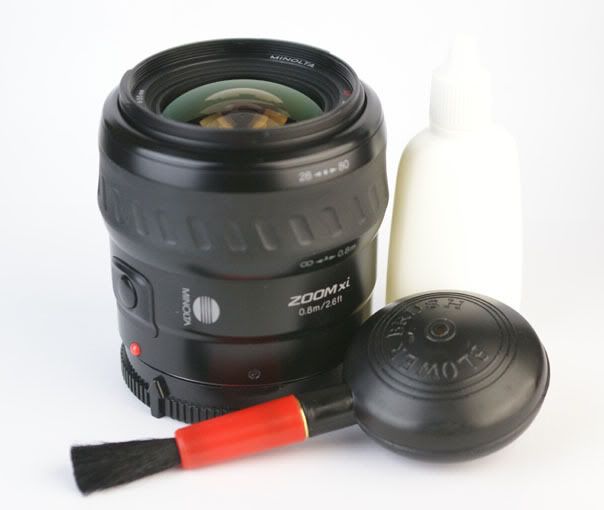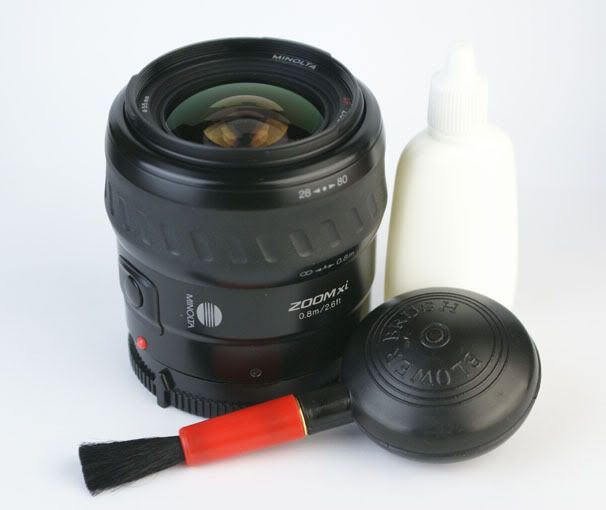Hi all, after consideration and advise by fellow CS members. I decided to move all the technical/tips/knowledge stuff from the galleries thread to here instead.
As I am busy with my work, I can only move part by part at a time if I am free.
Before I start anything I hope you guys will read first before posting anything.
This thread is strictly to share with one another on topics relating to CFL on:
Technical knowledge in using CFL
Tips and tricks
How different brand of camera behave when using CFL
Auto White balance issues/theories/troubleshoot
Lights/CRI/Color temperature/full spectrum theory
Getting good images and how you achieve it with CFL
How different brand of fluorescents behave (heat/CRI/and etc)
Types of CFLs
DIY CFL, interesting stuff relating to CFL
Please don't post things like:
Sourcing for CFL (Please please don't do it here, you go google yourself or post your own WTB in Buy/Sell)
Comparing with others equipments (I truly believe that different type of photography equipment has it own unique strength and weakness) If you really want to compare, please post your own thread.
Hope everyone will find this thread useful in someways. For guys who are CFL owners/non-owners, I hope we can make use of this and learn from each others.
Just to share a interesting quote:
instead of giving a person a fish and feed him a day, why not teach him to fish so he can feed himself forever. So now we are fisherman and try to teach each others to fish with CFL :bsmilie:
As I am busy with my work, I can only move part by part at a time if I am free.
Before I start anything I hope you guys will read first before posting anything.
This thread is strictly to share with one another on topics relating to CFL on:
Technical knowledge in using CFL
Tips and tricks
How different brand of camera behave when using CFL
Auto White balance issues/theories/troubleshoot
Lights/CRI/Color temperature/full spectrum theory
Getting good images and how you achieve it with CFL
How different brand of fluorescents behave (heat/CRI/and etc)
Types of CFLs
DIY CFL, interesting stuff relating to CFL
Please don't post things like:
Sourcing for CFL (Please please don't do it here, you go google yourself or post your own WTB in Buy/Sell)
Comparing with others equipments (I truly believe that different type of photography equipment has it own unique strength and weakness) If you really want to compare, please post your own thread.
Hope everyone will find this thread useful in someways. For guys who are CFL owners/non-owners, I hope we can make use of this and learn from each others.
Just to share a interesting quote:
instead of giving a person a fish and feed him a day, why not teach him to fish so he can feed himself forever. So now we are fisherman and try to teach each others to fish with CFL :bsmilie:
Last edited:




